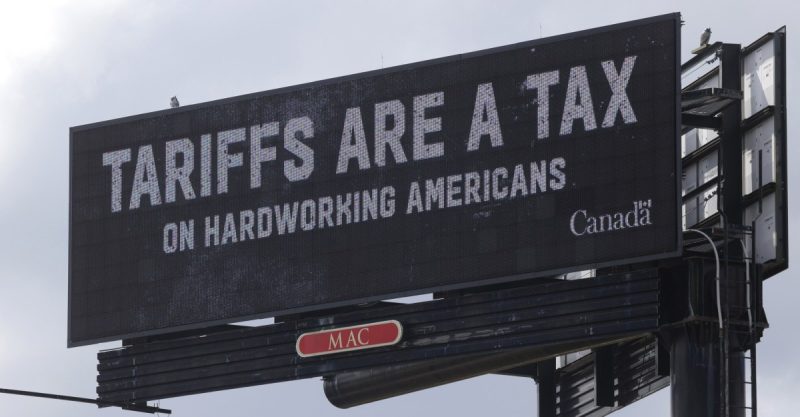
Donald Trump’s recent announcement regarding sweeping tariffs on foreign goods has sent ripples through the economic world. While the details are complex, the core idea is relatively straightforward: Trump proposed a 10 percent tariff on all imported goods, with significantly higher rates for select countries and products, including a 25 percent tax on certain foreign cars. This action, if fully implemented, represents a dramatic shift in US trade policy.
The immediate impact will likely be higher prices for consumers. Tariffs are essentially taxes on imported goods, and these costs are often passed on to the buyer. This means that everyday items could become more expensive, affecting household budgets across the country. Beyond the immediate price increases, economists also express concern about the potential for a recession, particularly as other nations may retaliate with their own tariffs on US exports, triggering a trade war.
The legality of Trump’s actions is also a key question. While the president has considerable authority to unilaterally impose tariffs under existing law, legal challenges are expected. Previous tariff announcements by Trump have been met with inconsistencies, with some being rescinded or delayed shortly after their implementation, creating uncertainty about the long-term implications of this latest announcement.
While there are valid criticisms of past free trade agreements and their impact on specific communities and workers, the economic consensus is that Trump’s approach is unlikely to achieve its stated goals of reviving US manufacturing on a significant scale. Instead, the widespread economic pain caused by these new taxes is likely to outweigh any potential benefits.
In short, Trump’s tariff plan is a complex and potentially risky gamble with far-reaching consequences. The ultimate impact will depend on several factors, including the extent to which the tariffs are actually implemented, the response from other countries, and the legal challenges that may arise. Only time will tell the full extent of its effects on the US and global economy.










